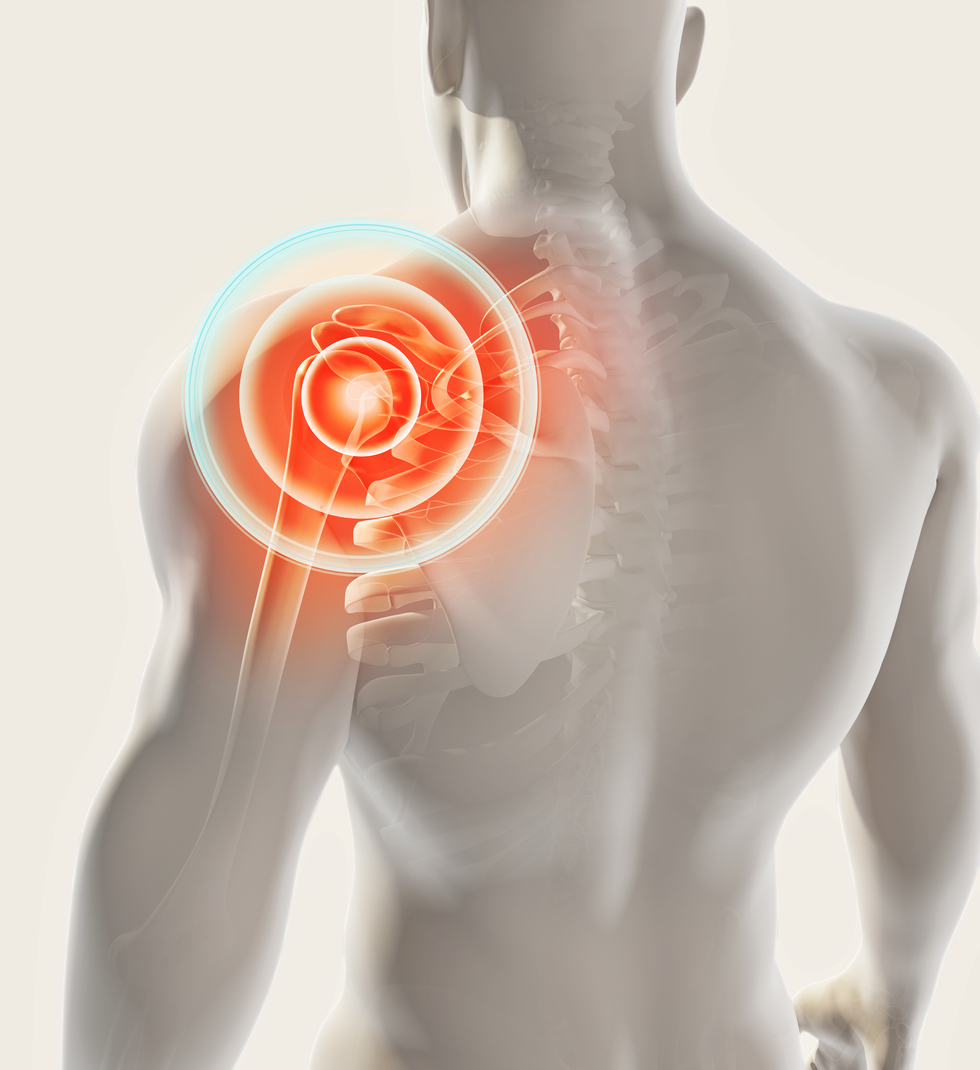Pain
What Is Polymyalgia Rheumatica?

Polymyalgia rheumatica is an inflammatory condition that affects large muscle groups. It causes muscle pain and stiffness, especially in the shoulders and hips. Approximately 15% of individuals with polymyalgia rheumatica also have giant cell arteritis (aka, temporal arteritis, a serious inflammatory condition that damages the arteries). Fifty percent of people diagnosed with giant cell arteritis also have polymyalgia rheumatica.
Symptoms
Symptoms of polymyalgia rheumatica include, but are not limited to, the following:
- Aches, pains or stiffness in the shoulders, hips, neck, upper arms, buttocks, or thighs
- Increased muscle stiffness in the morning or after long periods of inactivity
- Limited range of motion
- Fatigue
- Low grade fever
- Loss of appetite
- Unintentional weight loss
- Anemia
- Depression
Symptoms of polymyalgia rheumatica typically develop quickly and are most intense in the morning hours. They can be severe enough to affect sleep or everyday activities. If an individual also has giant cell arteritis, symptoms may also include severe headaches, scalp tenderness, jaw pain, or vision problems.
Causes
The exact cause of polymyalgia rheumatica is not known. It is thought to be an autoimmune condition, in which the body’s immune system mistakenly attacks healthy cells. It may have a genetic component, and because new cases tend to develop seasonally, it may also be triggered by environmental factors, such as viruses. However, this has not been proven.
Risk factors
Polymyalgia rheumatica most commonly occurs after the age of 65. It rarely occurs under the age of 50. Women are two to three times more likely to develop the condition than men. People of Northern European or Scandinavian descent develop the condition more frequently than other ethnic groups.













